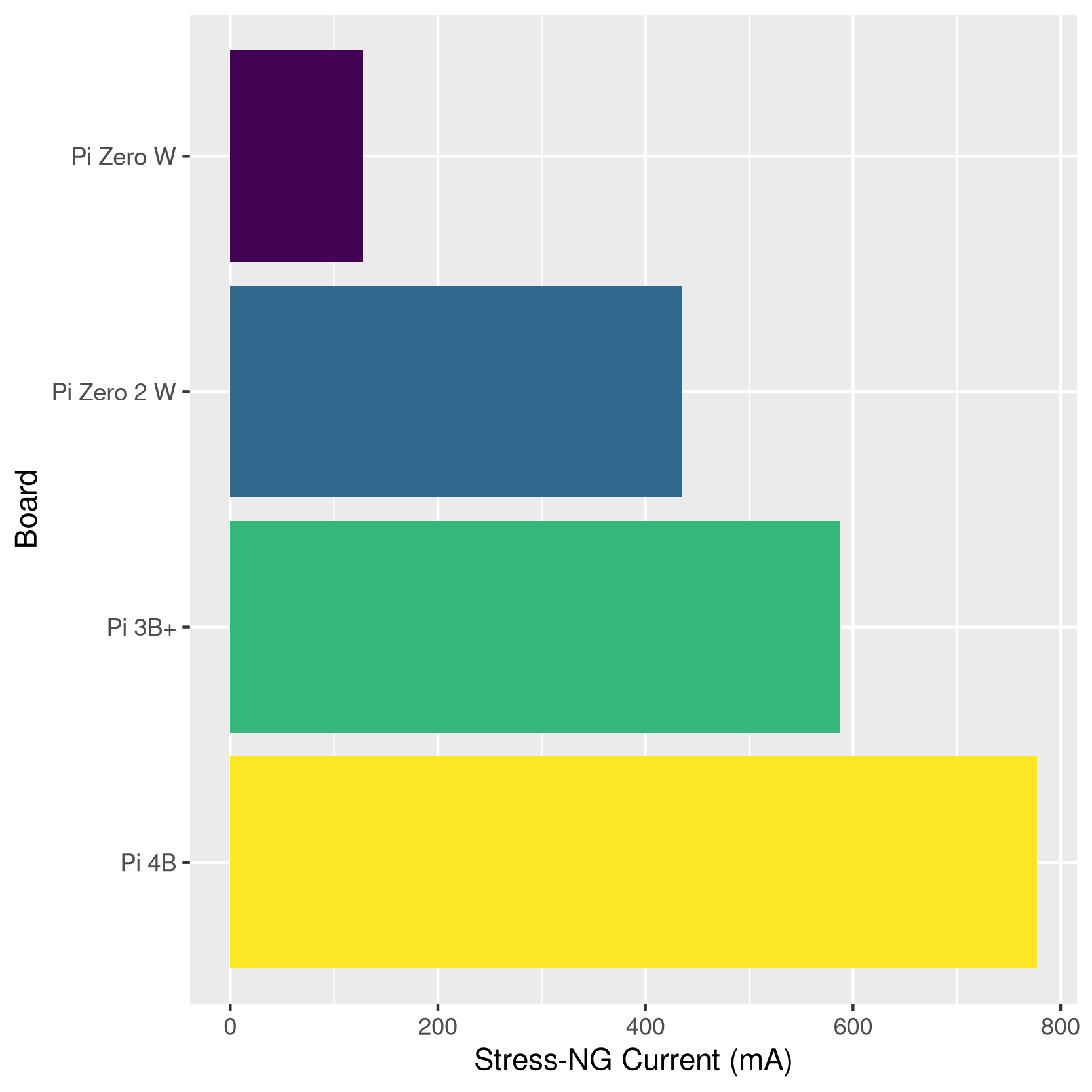Brno, Hotel Continental, AE520907
Tutorial 0 :: Speech recognition on the edge :: From Empowerment to voice-shell halt in less than 10 steps
discussion & ...
Daniel & Hyungjoong
daniel@udk-berlin.de hjk@udk-berlin.de
@DigiEduBerlin
https://github.com/hromi/lesen-mikroserver
halt
scorers, parameters, commands
...exercise for non-nerds
Please create a list of 10-50 tokens relevant to Your domain of interest and mail them to daniel@udk-berlin.de and hjk@udk-berlin.de , we will create You a microscopic language model (scorer) out of it.
Help extending the "VoiceShell" dataset by doing recordings here: https://fibel.digital/22354 (again, login with l:demo-tutorial p: takarthbr )
Feel free not to do anything or leave the room
Raspberry Pi Zero
the least efficient (1 - 3 Watts...) universal turing machine out there
armv6
1GHz 512 GB RAM

Time for a little nerdy exercise...
password: cirrostratus
then try to connect to one two Pi4s we made available for You
ssh demo-tutorial@tutorial0.local
or
ssh demo-tutorial@tutorial1.local
password: takarthbr
NVIDIA Jetson Xavier
8-core ARM v8.2 64-bit CPU (aarch64) ; 32 GB RAM; 512-core Volta GPU with Tensor Cores
CUDA-support
every now, NVIDIA releases an debian-based package (i.e. Linux4Tegra, L4t) with all packages You need packed in a so-called "Jetpack" suite
lesen.digital example
Raspberry Pi 4
full-fledged universal turing machine :: 1.5 GHz 64-bit quad core ARM Cortex-A72 processor, on-board 802.11ac Wi-Fi, Bluetooth 5, full gigabit Ethernet, two USB 2.0 ports, two USB 3.0 ports, 1–8 GB of RAM
5volts only; power-consumption between 3-10 Watt
during this tutorial, You will interact with Raspi4 running Raspbian 10 (buster) 32-bit armv7l
TeacherNet example
Speech recognition
https://github.com/mozilla/DeepSpeech
https://github.com/coqui-ai/STT https://coqui.ai/models
https://gitlab.com/Jaco-Assistant/Scribosermo Quartznet model
Connectionist Temporal Classification (CTC) beam search
Tensorflow & Tensorflow Lite
Random forests (treelite)
Edge Computing
One Goal

Web primer :: https://fibel.digital
👄 lesen (ASR)
👂 hören (multi-voice)
👩🏼💻 trainieren and 💯 testen (human-machine peer learning)
🎴 memory (single-player) spielen
Personal Primer
older and/or more expert students strenghten their informatic competences by making the device and fine-tuning acoustic models
younger ones (9-12 yrs.) pupils strenghten their media competence by producing and curating (audiotext) content youngest (6-8 yrs.)
pupils use the device to strenghten their basic literacy (e.g. reading) competence
Digital Primer / fibel.digital
a “physical” Personal Primer (π2) branch focuses on design of a post-smartphone open hardware artefact based on “Raspberry Pi Zero” technology.
the “Web Primer” sub-project provides extended functionality in browser
Both sub-projects provide audiotext support, implement human-machine peer learning curricula and use Mozilla’s DeepSpeech acoustic models embelished with our own exercise-specific language models.
Palope
Palope is a Fibel developed by prof. Christa Röber (Germanistik / Pädagogik, Uni Freiburg) and her team
the essence of Fibel is the scaffolding sequence - from simplest syllables to evermore complex structures
in Palope, the trochaic structure of German language is exploited to maximum to facilitate the Einstieg in the world of written letters
good design choices (not phoneme-driven but syllable-driven) many interesting inovations (color coding of different syllable types) and cognitivelly powerful methods (e.g. "Silbentepiche")
and it is a community project ! (e.V., all OERs under Creative Commons etc.)
Artificial Intelligence in Education (AIED)
the Primer should not replace the human teacher but assist her (e.g.by keeping track of what individual children know and do not know)
adapt the Primer to the child and not child to the Primer (all our speech recognition models run on our own servers / local hardware and can easily adapt to a concrete pupil or group of pupils)
as the child learns, so does the Primer (we call this "Human Machine Peer Learning")
Achtung, Gefahr: !!! by focusing too much on the technical, AI-related side of things, one may easily fall into trap of poor pedagogical practices !!!
One Goal

Web primer :: https://fibel.digital
👄 lesen (ASR)
👂 hören (multi-voice)
👩🏼💻 trainieren and 💯 testen (human-machine peer learning)
🎴 memory (single-player) spielen
Personal Primer
older and/or more expert students strenghten their informatic competences by making the device and fine-tuning acoustic models
younger ones (9-12 yrs.) pupils strenghten their media competence by producing and curating (audiotext) content youngest (6-8 yrs.)
pupils use the device to strenghten their basic literacy (e.g. reading) competence